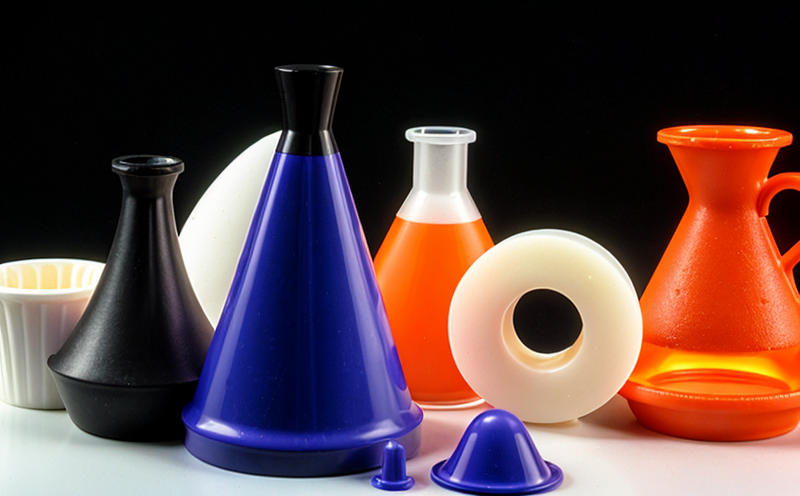EN ISO 3451 Ash Content Testing in Polymers
The EN ISO 3451 standard provides a method to determine the ash content of polymers, which is an essential parameter for evaluating the purity and quality of polymer materials. This test measures the amount of non-combustible residues left after heating a sample under controlled conditions. Ash content can reveal impurities such as fillers, additives, or contaminants that may affect the performance and durability of the polymer in various applications.
Understanding ash content is crucial for quality managers, compliance officers, R&D engineers, and procurement professionals because it ensures that materials meet specified purity levels required by industry standards. This information helps in selecting reliable suppliers, validating product specifications, and ensuring consistent material quality across batches and manufacturing processes. By adhering to the EN ISO 3451 standard, laboratories can provide accurate and reproducible results, thereby enhancing trust among stakeholders.
The testing procedure involves precise sample preparation, heating under controlled conditions, and careful ash collection. The process is designed to minimize errors and ensure that only non-combustible residues are measured accurately. This section will delve into the detailed steps of this method as outlined in EN ISO 3451, providing insight into why it is a critical test for polymer testing.
Compliance with EN ISO 3451 not only ensures that manufacturers meet regulatory requirements but also aids in product development by highlighting potential issues early in the process. The results of this test can help R&D teams optimize formulations and identify suitable additives, thus improving product performance and reliability.
Scope and Methodology
| Stage | Description |
|---|---|
| Sample Preparation | The sample should be dried in an oven at 103 ± 2 °C until constant weight is achieved. The sample must then be accurately weighed before ashing. |
| Ashing Procedure | The dried sample is placed in a platinum crucible and heated to 550 °C for exactly 1 hour under an oxidizing atmosphere, such as air. |
| Residue Collection | The cooled crucible containing the ashed sample is weighed again. The difference between the initial and final weights represents the ash content percentage of the polymer. |
This method ensures that all combustible materials are burned away, leaving only non-combustible residues, which constitute the ash content. The precision of this process is critical for accurate results, as even small variations in temperature or heating time can affect the outcome.
Why Choose This Test
Ensures compliance with international standards: EN ISO 3451 provides a robust framework that helps manufacturers adhere to industry regulations and specifications.
Promotes quality control: By regularly monitoring ash content, companies can maintain consistent product quality and ensure they meet customer expectations.
Supports research and development: Understanding the composition of polymers through ash content analysis aids in optimizing formulations and improving material properties.
Aids in supplier evaluation: Assessing the purity of raw materials helps companies choose reliable suppliers who deliver high-quality products consistently.
In summary, choosing EN ISO 3451 for ash content testing ensures that polymer manufacturers can produce reliable and consistent products, comply with global standards, and continuously improve their processes through informed decision-making based on accurate test results.
Customer Impact and Satisfaction
Enhanced trust in suppliers: Customers gain confidence knowing that the materials they receive meet stringent international standards.
Better product performance: By ensuring high purity, companies can deliver products with superior mechanical properties and longer lifespans.
Improved regulatory compliance: Compliance with EN ISO 3451 helps avoid penalties and ensures a smooth regulatory environment for business operations.
Satisfied customers are more likely to recommend the supplier, leading to repeat business and positive brand reputation. This section highlights how adhering to this standard benefits both suppliers and their clients.





